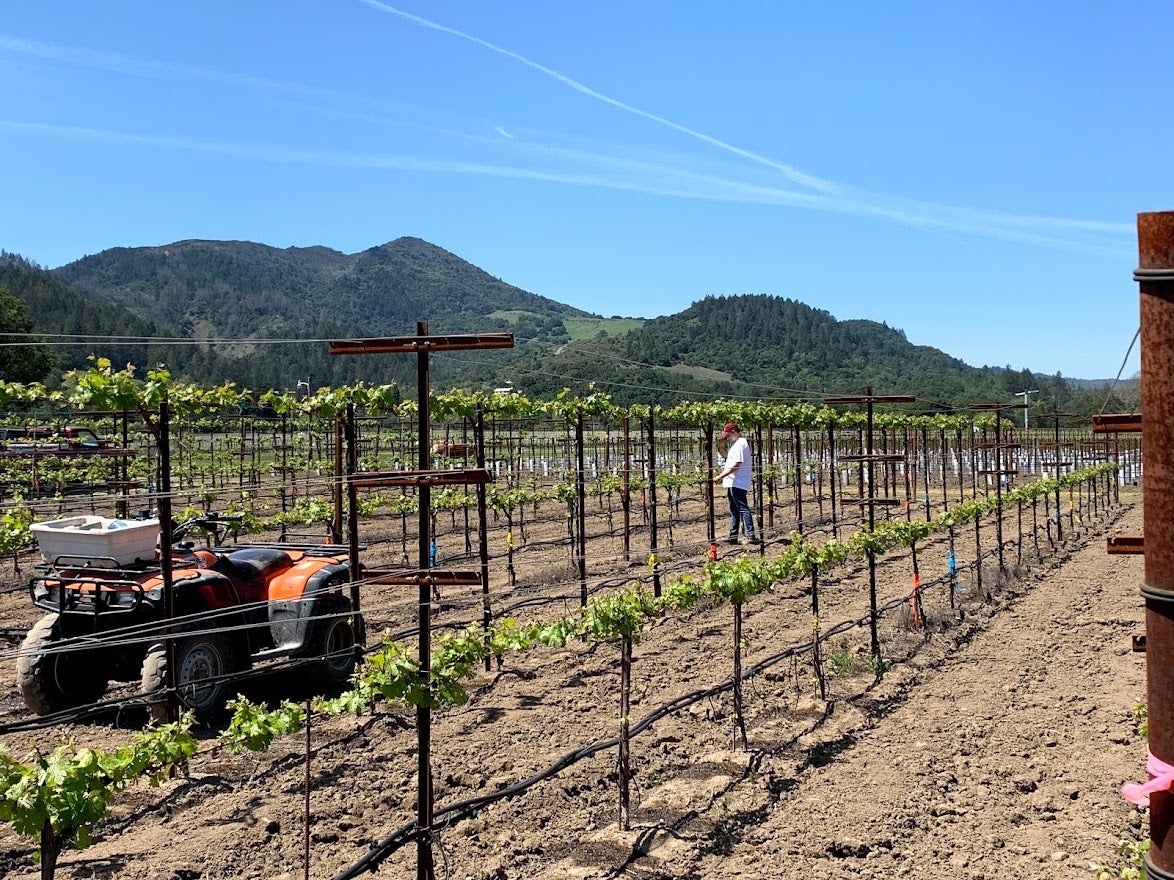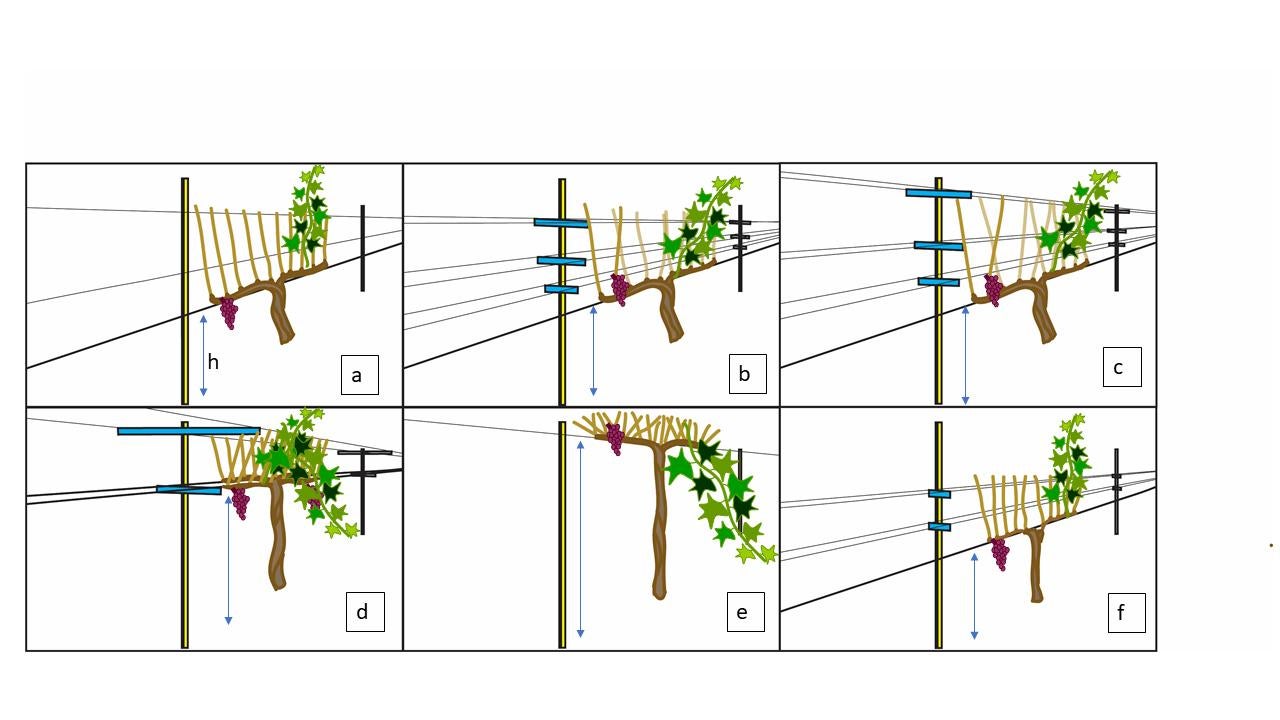UCDavis: Cabernet Can Survive Climate Change
The solution is simple: Change the trellis system from the traditional vertical shoot position trellis system where vine shoots are trained to grow up in vertical, narrow rows with the fruit growing lower to the ground, to single high-wire trellis system. The traditional system allows for greater exposure to sunlight
The solution is simple: Change the trellis system from the traditional vertical shoot position trellis system where vine shoots are trained to grow up in vertical, narrow rows with the fruit growing lower to the ground, to single high-wire trellis system.
The traditional system allows for greater exposure to sunlight but are detrimental to grapes during heat waves such as California has been experiencing lately.
Exposing wine grapes to sunlight was the key to making a good quality cabernet. But even the toughest grapes may not withstand the extreme heat that comes with climate change. Too much heat, like California has experienced with recent heat waves, can lead to jarringly jam-like wines that are high in alcohol and sugar and lacking in acidity.
The solution, researchers at University of California, Davis, have found is single high-wire trellis systems which allow vine leaves to shade the grapes. These trellises, which are about 5 1/2 feet tall, also reduce direct solar radiation. The reduced sunlight does not affect the grapes’ color or quality. The study showed almost twice the amount of anthocyanins, which are chemicals in the plant that provide red grapes their color and protect against UV rays. The effect is similar to shade cloth, but more economical.
Researchers at the University of California, Davis, have spent the last six years trying to find ways to solve this problem by examining different types of grapevine trellises and water amounts. The study was published in the journal Frontiers in Plant Science.

Vertical shoot position, or VSP, trellises are traditionally used systems where vine shoots are trained to grow up in vertical, narrow rows with the fruit growing lower to the ground, allowing for greater exposure to sunlight. The study found these systems detrimental to grapes. During heat waves, VSP trellis systems don't provide protection from solar radiation because the fruit is low to the ground and heat reflects from the ground into the canopy and clusters.
VSP trellises have a greater chance of yielding fewer grapes, with a higher likelihood of sunburnt berries and poor color.
Less Water, Too
The study, which examined six different types of trellis systems and three different watering amounts also found the VSP trellises required the most water.

It also found that growers get a more marketable yield for the amount of water they would have to apply with the single high-wire trellis systems.
Growers could also easily switch to these high-wire trellis systems without having to replant an entire vineyard, the study found. The conversion might take about 18 months.
